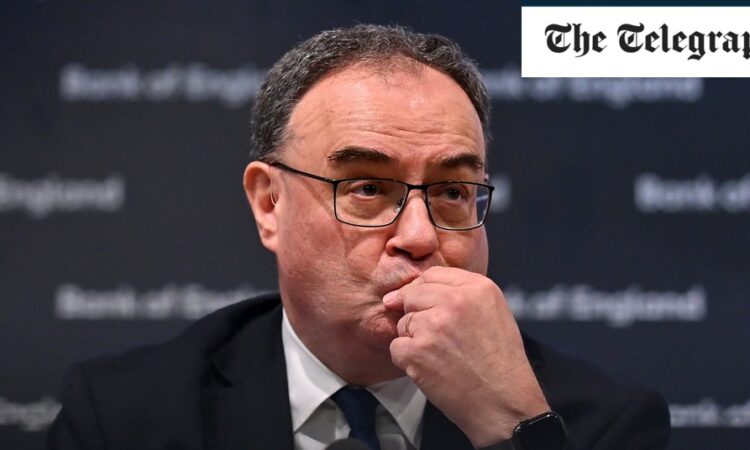
A new model was initially expected to be rolled out in March, but has now been delayed until September. Rob Kent-Smith, deputy head of the Office for Statistics Regulation, told the Financial Times this week that there was “a way to go” before it re-endorsed official jobs numbers.
Mr Bailey said the Bank had been forced to use alternative measures of employment as part of its evaluation of the economy. However, he added that there were “fewer proxies” for unemployment and “particularly the split between unemployment and inactivity”, which he described as “more challenging” for policymakers.
Mr Bailey said: “It’s also challenging [in terms of] exactly what are the reasons for inactivity and what do we deduce from those reasons in terms of what might happen in the future.”
He added: “We’ve got a number of models and none of them are frankly things that we’ve really got much confidence in.
“Now, you might say well, if you have supply shocks like pandemics and wars, what do you expect? But the tools have not served us particularly well.”
The Bank has come in for heavy criticism in recent years over its forecasting errors after initially underestimating the strength of inflation in the early stages of the cost of living crisis. There are now concerns among some economists that officials will be too slow to lower interest rates as inflation falls.
Former US Federal Reserve chairman Ben Bernanke is currently conducting a review into the Bank of England’s forecasting. His report is expected in the spring.






